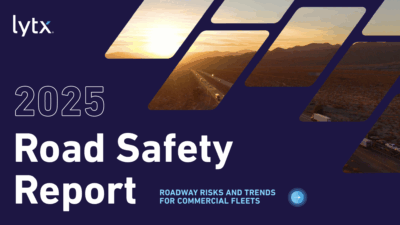25 Apr 2025
Following a US ban on artificial food dyes, research examines the US food manufacturing and regulatory landscape.
Researchers from the University of Illinois College of Agricultural, Consumer and Environmental Sciences explore food manufacturers’ decision making under varying state regulation in a paper published in the Journal of Food Distribution Research.

Researchers produced a modelling framework predicting potential responses as part of their study. They then spoke with food manufacturers to confirm that their model aligned with producers’ actions to tackle policy changes.
Examining food dye bans
In the US, individual states have increasingly advocated banning artificial food dyes. In January 2025, the Food and Drug Administration (FDA) revoked manufacturers’ use of Red No. 3 food dye. In March 2025, West Virginia halted authorisation on seven artificial food dyes in food products sold within the state. Introducing individual rules means manufacturers must comply with specific regulations on food manufacturing practices, permissible ingredients, and product labelling.
“In the case of the recently enacted state laws banning various food additives, food manufacturers are thus compelled to satisfy the broad set of federal requirements and the individual requirements applying in any of the regional markets in which they operate,” Maria Kalaitzandonakes, Assistant Professor, University of Illinois Urbana-Champaign College of Agricultural, Consumer and Environmental Sciences, told Ingredients Network.
The new University of Illinois Urbana-Champaign study examines how the food manufacturing space responds to state regulations and what drives the development and implementation of these laws.
Food manufacturers selling US products must meet national regulatory requirements, such as nutrition labelling. Simultaneously, manufacturers must adhere to each state’s regulations for selling their products.
“The food manufacturers I’ve spoken to work hard to make sure they are in compliance with the law and try to ‘see the writing on the wall’, to prepare for regulations they expect to see enacted in the near future,” said Kalaitzandonakes.
As a response, manufacturers and industry groups must stay current on impending legislation to prepare for potentially costly responses to comply with any new rules.
Restrictions affect regulatory response
Several core challenges exist for manufacturers regarding how they respond to state regulations, like the recent food dye bans.
“State-by-state regulations create hurdles for interstate trade, especially when the laws lack harmonisation, for instance, by differing product coverage or implementation timelines,” said Kalaitzandonakes.
For many food manufacturers, producing a state- or region-specific version of a product can create significant logistical challenges. Many of the state food laws specifically hold food manufacturers liable for any violations of the law.
Food manufacturers, therefore, are expected to keep non-compliant products off shelves.
“Many food manufacturers we spoke with elected to produce a single uniform product for nationwide sale that met the strictest state requirements,” Kalaitzandonakes said.
More generally, when a state regulates food products sold within its borders, these rules affect products sold across the country, which manufacturers must be aware of and account for in their operations.
Simplifying the legal compliance process
Making regulatory compliance easier for manufacturers is necessary to improve the wider food law sector.
“A theme that we uncovered in our research is that food manufacturers and industry groups will often seek federal intervention to create a single national standard,” said Kalaitzandonakes. Recent cases into GMO labelling requirements, allergen labels and other contexts required this federal intervention.
Similar dynamics are playing out currently as food industry leaders met with the Secretary of Health and Human Services, Robert F. Kennedy Jr., to seek federal guidance on regulatory issues affecting the US food system. “It will be interesting to see how this process evolves as more states establish distinct regulations and the need for a consistent regulatory environment becomes more acute,” added Kalaitzandonakes.
Speaking with industry representatives, the researchers identified that in the absence of a single federal standard, increased harmonisation between different states’ laws would reduce the regulatory challenges currently faced by food manufacturers.
“Beyond that, research has shown that the costs of reformulating products to use substitute ingredients increase substantially when turnaround times are shorter,” said Kalaitzandonakes. Another way to decrease hurdles for firms is to introduce longer compliance timelines.

















